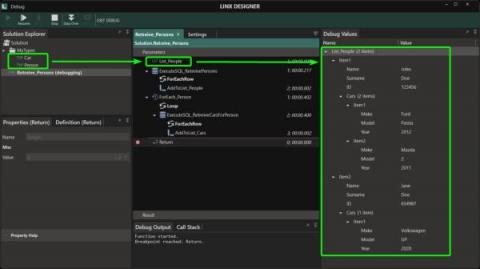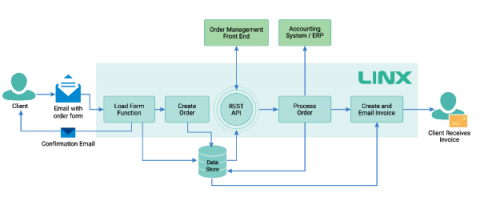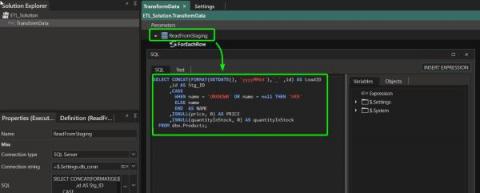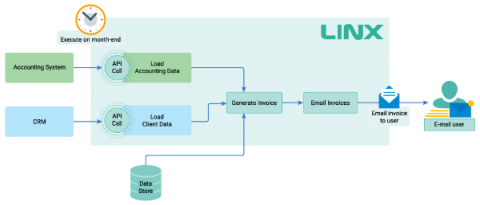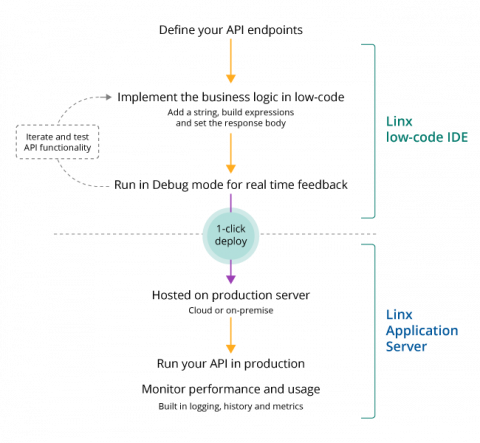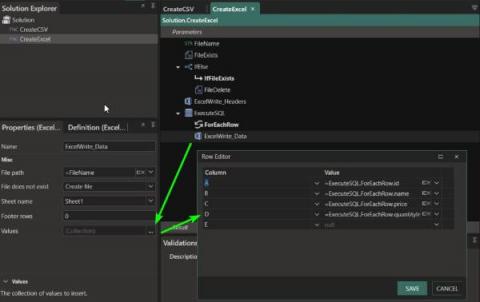Streamlining email: Read and process emails with backend automation
Businesses frequently use emails to maintain their core functions. They are the main form of communication with both inside and external entities. An email inbox can become hard to manage when it comes to large organizations that receive thousands of emails monthly. Introducing automation to the email processing system can help save time and guarantee that nothing is overlooked.





